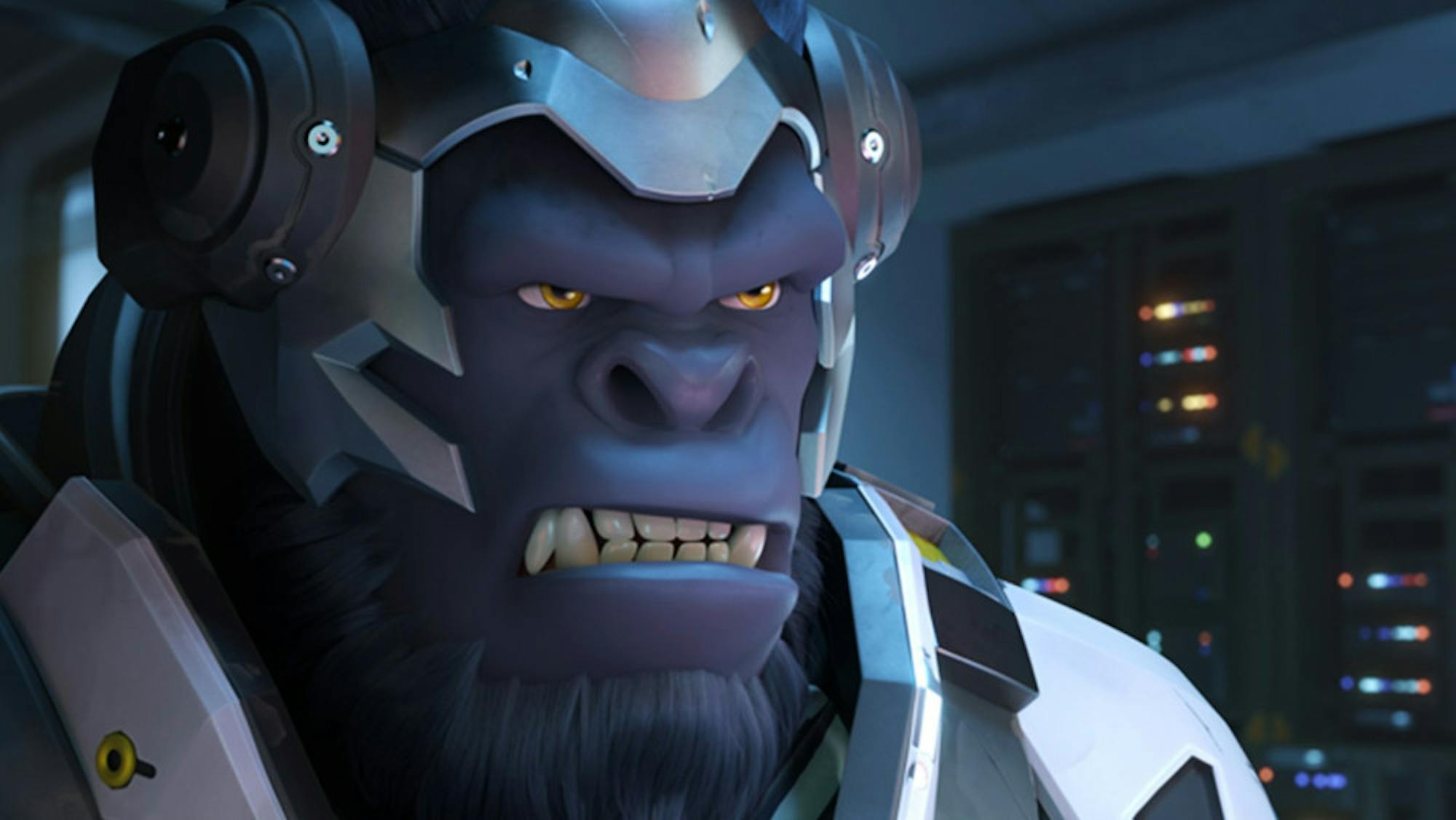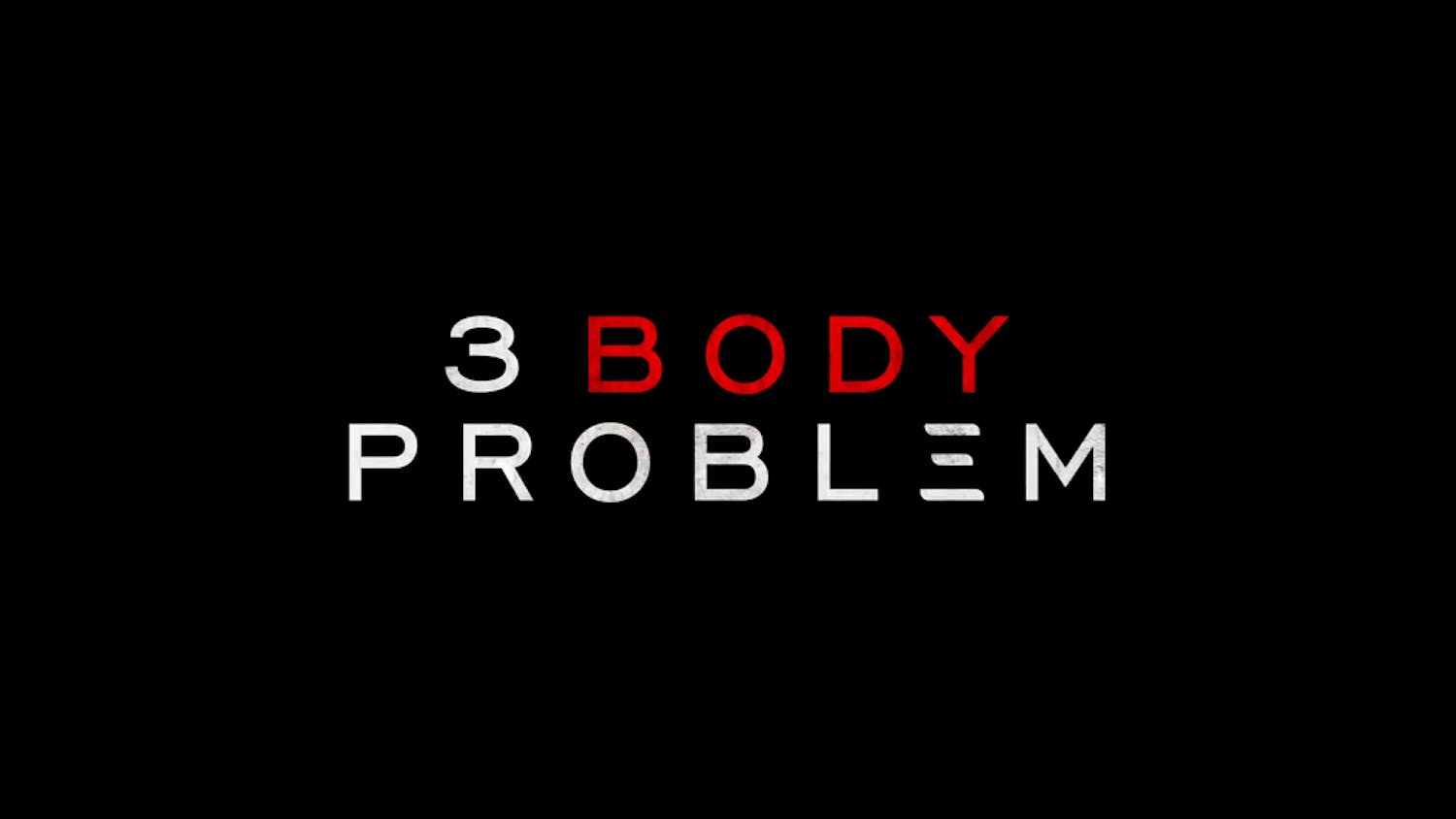It’s been a long time coming, but arena shooters are finally making a comeback. Who better to lead this renaissance of a genre once dominated by some of the most iconic titles of the 1990s like “Quake” and “Unreal Tournament” than Blizzard Entertainment. They built the pinnacle of MMORPGs (Massively Multiplayer Online Role-Playing Game) in the form of "World of Warcraft"(2004 - present) and the pinnacle of real-time strategy in the form of "Starcraft"(1998 - 2015), so who's to say they can't define a genre again?
Blizzard’s “Overwatch” is a team-based first-person shooter that, as of writing, still has another few weeks of closed beta to go, and it’s also a title that has already built up sizable momentum thanks to Blizzard’s street-cred, even giving rise to a fledgling competitive scene. As of now there are two main game modes: the first involves a team having to capture certain control points to win and the second involves the attacking team escorting a payload across the map. Part of the appeal is not just the gameplay, but also the world Blizzard has created for its eclectic cast of characters. Set on Earth several decades in the future where sentient robots coexist among humans after years of warfare, it focuses on the story of a group of heroes united under an organization called Overwatch and their collective efforts to maintain peace (or in some cases, serve their own ends) in a world rife with conflict. All 21 currently-released heroes have their unique appearances, backstories and skills that make them adept at particular roles.
Blizzard is known for repackaging the strongest aspects of a genre’s antecedent titles to create something that is original and yet at the same time feels familiar. "Overwatch" is no exception. Many of the character models are like nothing we’ve ever seen before from Blizzard, using an art style that has drawn comparisons to the kind of work done by Pixar Animation Studios. Many will feel right at home with the vast majority of skills in the game if they have prior experience with Blizzard titles. For example, Mei has a skill called Cryo-Freeze that encases her in ice for a few seconds, making her immune to damage but renders her unable to move or use her skills. A near-identical skill is used by the mage class in World of Warcraft.Similarly, Reaper’s ultimate, Death Blossom, causes Reaper to spin around in a circle while rapidly firing his dual shotguns, doing heavy damage in a small radius around him, bearing much similarity to the Demon Hunter’s Strafe skill in Diablo III. This kind of design philosophy makes it far easier for players who are familiar with Blizzard games to pick up on how a skill works despite their inexperience.
In this reviewer's brief 20-odd hours of playing the game, two heroes in particular were especially fun to play: Pharah (think Iron Man with more rockets) and Junkrat (area denial specialist with grenades and mines). As someone who’s played a lot of "Team Fortress 2" (2007 - present), this reviewer thought these two heroes were easiest to get the hang of since they play similarly to the Soldier and Demoman, respectively. Pharah, however, plays very differently from the Soldier despite the way they both specialize in launching rockets and themselves into the air. Pharah, due to her small health pool, felt more effective played as a flanker, causing havoc in the back lines among the squishy healers (e.g. Lucio and Mercy) and sedentary defensive heroes (e.g. Bastion and Torbjorn) whom she can neutralize in a couple of shots.Though the Overwatch characters bear some similarity to characters found in other titles, the writer was pleasantly surprised to find that many Overwatch heroes played in vastly different ways from how he initially expected.
Few shooters nowadays need to focus on world-building, but Blizzard has learned from the success of Valve’s “Meet the Team” animations created for "Team Fortress 2," another arena shooter that Blizzard has drawn clear inspiration from. Blizzard plans to release four animations leading up to "Overwatch"’s release date on May 24, two of which, “Alive” and “Recall,” have already been released. Each animation delves into a particular hero’s backstory with stunning cinematic detail and helps understand their deeper motivations and the defining moments of their pasts that made them who they are. If reactions on social media are anything to go by, players are eagerly devouring this content smorgasbord and are hungry for more. If Blizzard can keep the hype train chugging all the way through release, the immediate future of "Overwatch" is looking bright.
'Overwatch': not just another Team Fortress

A screenshot from Blizzard's video game "Overwatch."





